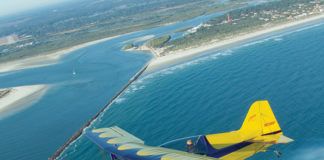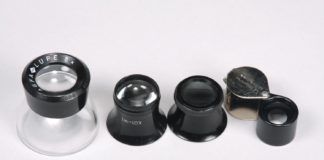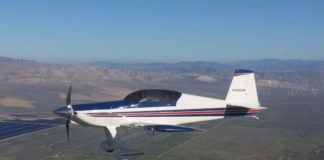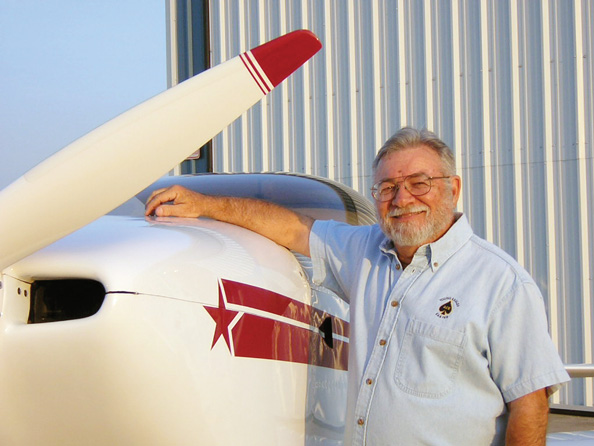
Last month we discovered that our aircraft must be flown under VFR, day only during Phase I flight testing, that during Phase II we may fly at night and/or IFR if properly equipped, and that we can’t carry passengers during flight testing. This month we will look deeper into Phase II operations.
(11) No person may operate this aircraft for carrying persons or property for compensation or hire.
This means that we may not use the aircraft for commercial purposes. You might be tempted to "nitpick" this rule a bit and stretch its limits, but I would remind you that in paragraph (1) we stated that this aircraft may be flown for "recreation and education" only after Phase I.
(12) The pilot in command of this aircraft must advise each passenger of the Experimental nature of this aircraft, and explain that it does not meet the certification requirements of a standard certificated aircraft.
Many a builder might argue here that his aircraft actually "exceeds" those requirements. However, keep in mind that a "standard" certificated aircraft must meet its type certificate. Your amateur-built does not have a type certificate; therefore, it cannot meet one. Just pointing to the "Passenger Warning" placard is not sufficient to meet this rule. You must inform your passenger vocally.
(13) This aircraft must contain the placardsand markings, as required by 91.9. In addition, the placards and markings must be inspected for legibility and clarity, and the associated systems inspected for easy access and operation, to ensure they function as intended by the amateur-builder/owner during each condition inspection.
All right, here we are informed that each switch, control, etc. must be labeled to identify its function. In other words, if I climb into your aircraft for the first time, I should be able to operate anything in the cockpit without having to ask how to do so. It also tells us that these placards and controls must be verified at each condition inspection.
(14) This aircraft must display the word "EXPERIMENTAL" in accordance with 45.23(b).
Paragraph 45.23(b) tells us that the word EXPERIMENTAL must be displayed near each entrance to the cabin, cockpit or pilot station, in letters not less than 2 inches nor more than 6 inches high.
There are some exceptions to this rule if the aircraft is more than 30 years old or if it is a replica of an aircraft that is more than 30 years old. These exceptions are covered under paragraph 45.22(b), which states that under these conditions, the EXPERIMENTAL placard may be replaced with an "X" preceding the registration number. But be careful here when using the replica rule. The FAA’s interpretation of a replica is an aircraft of the same external configuration and external size as the original aircraft.
Next month we’ll get into aerobatic limitations and who can fly this thing we’ve created.
Please send your questions for DAR Asberry to [email protected] with Ask the DAR in the subject line.
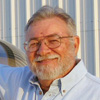
![]()
Mel Asberry is an experienced Designated Airworthiness Representative specializing in Experimental/Amateur-Built aircraft. He and his wife, Ann, have built seven amateur-built airplanes including two ultralight types, a Moni Motorglider, a Dragonfly Mk2, two RV-6s and a Zenair CH 601HDS. They are currently building a scratch-built biplane.








